Hit It and Quit It: Quick Stops on Peru’s Gringo Trail
The coastal desert south of Lima is not undiscovered, off-the-beaten-path territory. Still, we needed to kill some time as we slowly worked our way south to Cusco. And although these popular stops on the so-called “Gringo Trail” aren’t worth more than a night or two, we had some fun.
Boobies!
First, we headed to the Islas Ballestas, a wildlife refuge off the coast near the port of Pisco, and the starkly beautiful Reserva National de Paracas. The Islas Ballestas (or “Crossbow Islands,” named for the half-circle formations in the rocks) look inhospitable from afar. The place, however, was overrun with birds — pelicans, guanay cormorants, Peruvian boobies, and Humboldt penguins, among others — it felt like a Hitchcock film. There are also lots of cuddly-looking sea lions! We even dropped off a guard on one of the islands, a winch hoisting him up to a cold, salt-sprayed ramshackle house for a 6-month stint. Better you than me, buddy.

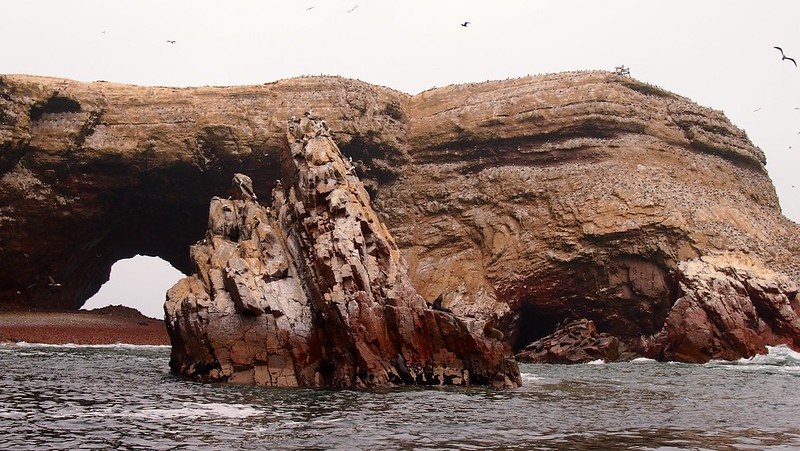
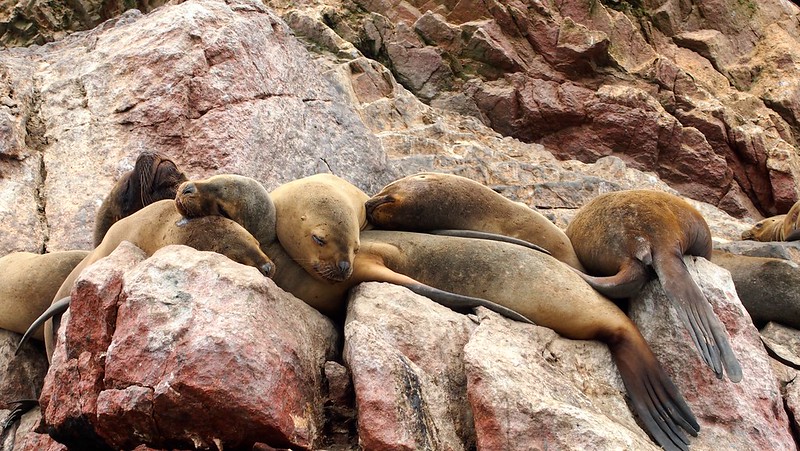
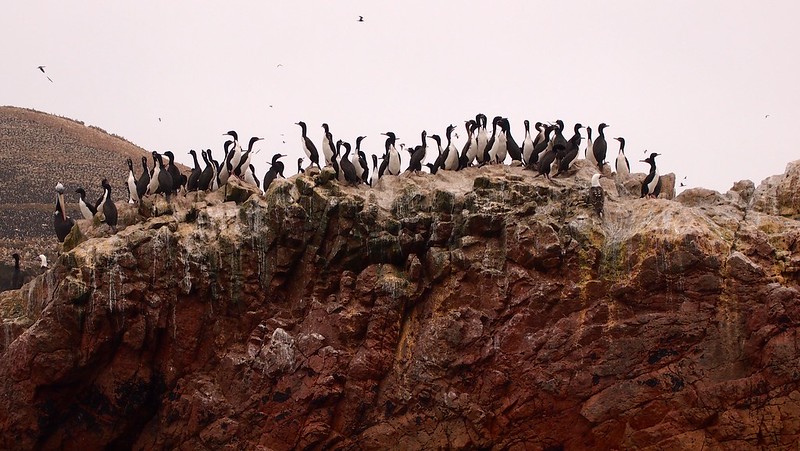
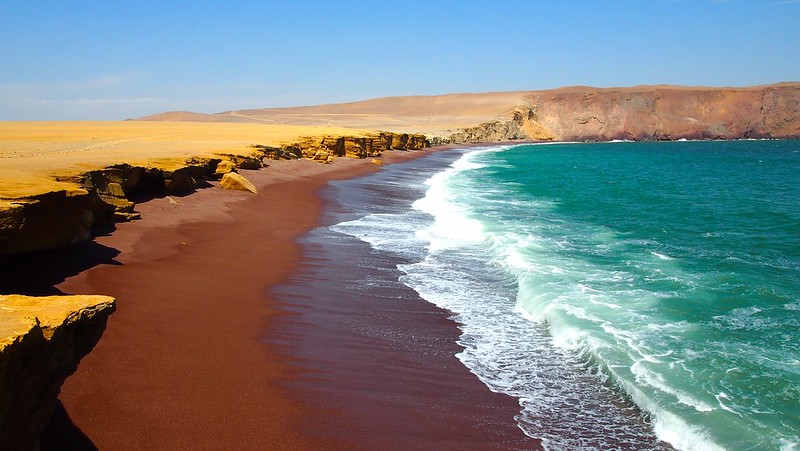
Boo-Boos!
Next, we spent the night in Huacachina, a real oasis — a little palm-fringed lake in the middle of desolate sand dunes. We nearly gave this place a miss because it sounded like trashpackers are to Huacachina what birds are to the Islas Ballestas. But we came, we saw, we rode dune buggies, we rode down immense sand dunes, we got scraped up, and we had a blast.
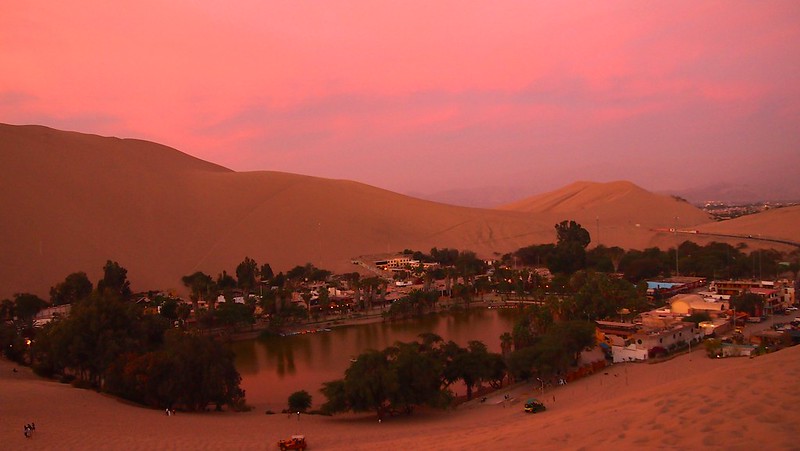
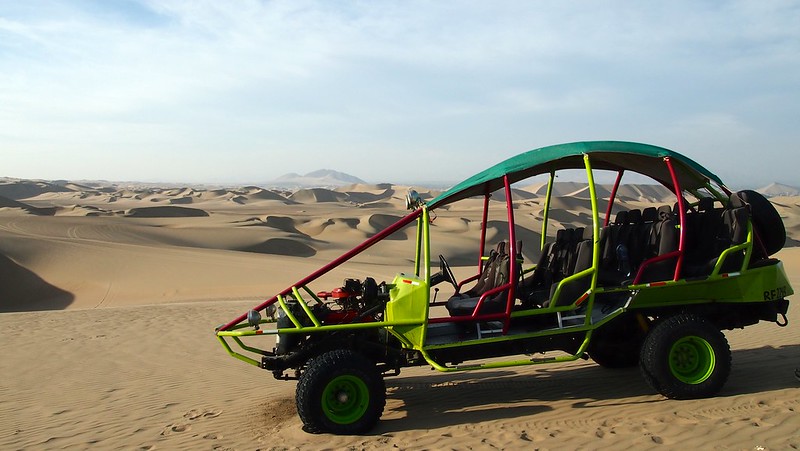

Bush Planes!
Our final stop was in Nazca, a dumpy little town whose sole claim to fame are the mysterious Nazca Lines outside of town. The Nazca Lines are a serious of ancient geoglyphs etched into the arid desert by the Nazca tribe between 400 and 650 AD. No one knows exactly why the Nazca did this: Is it a giant star chart? An indication of underground water channels? Fertility symbols? Alien landing strips? And why did these ancient people make these massive glyphs — some are almost 900 feet across — when they can only be seen from an airplane?

While I don’t recommend going out of your way to see the Lines, we were here, and I couldn’t pass up the opportunity. So I climbed into a little mosquito, 4-seater airplane, and tried not to vomit when the little plane banked heavily around each of the famous glyphs. My favorites were the animals — can you guess what each one is supposed to be?
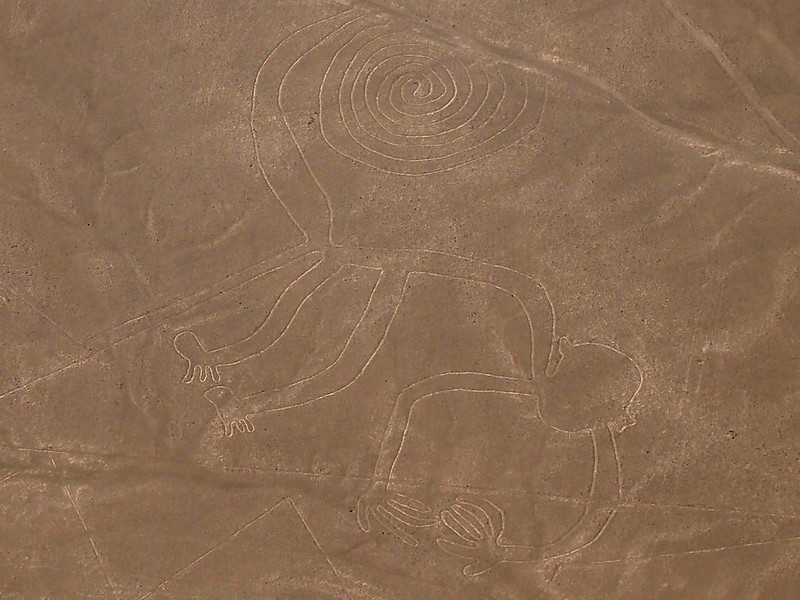
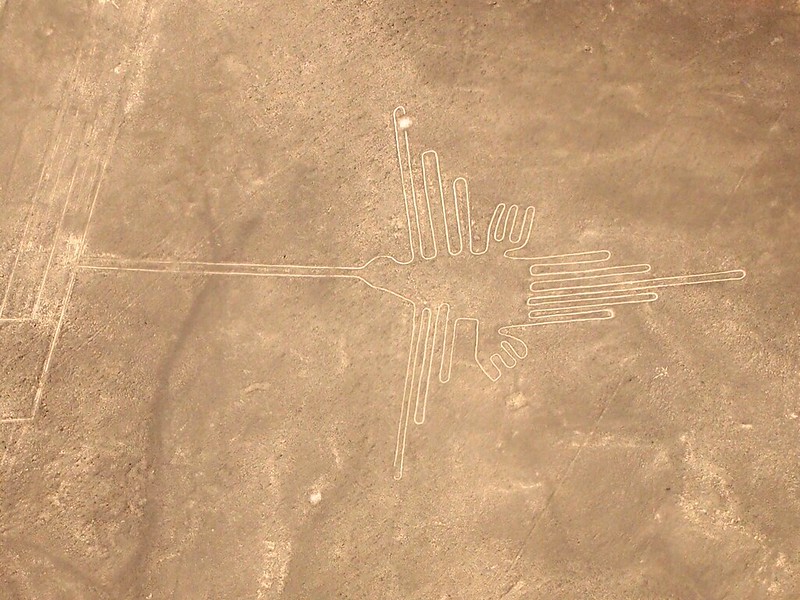
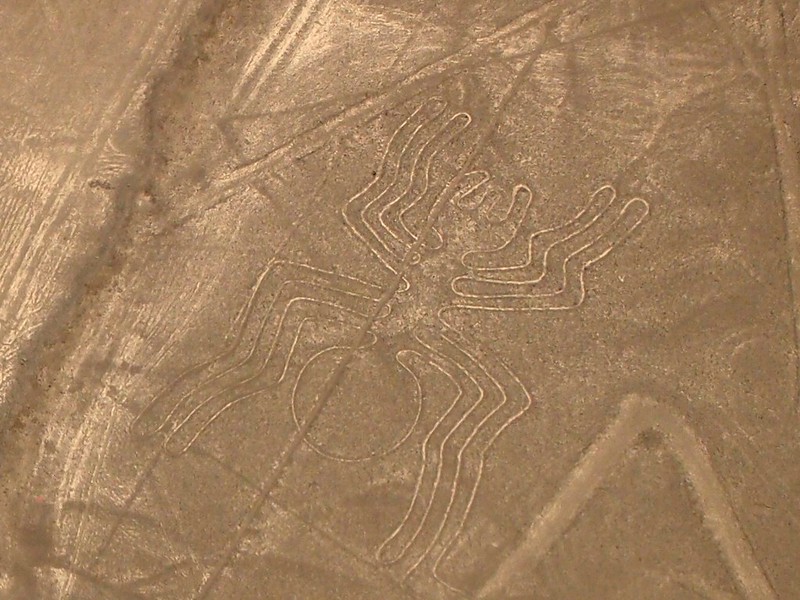
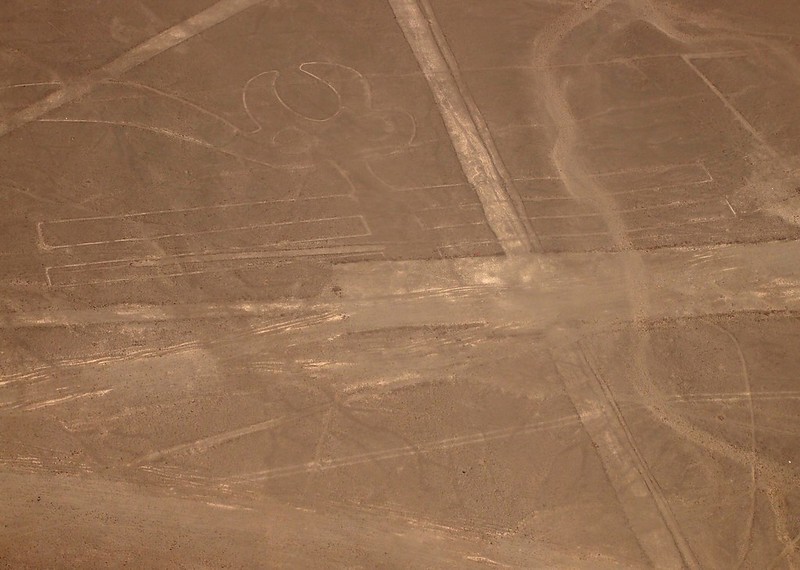
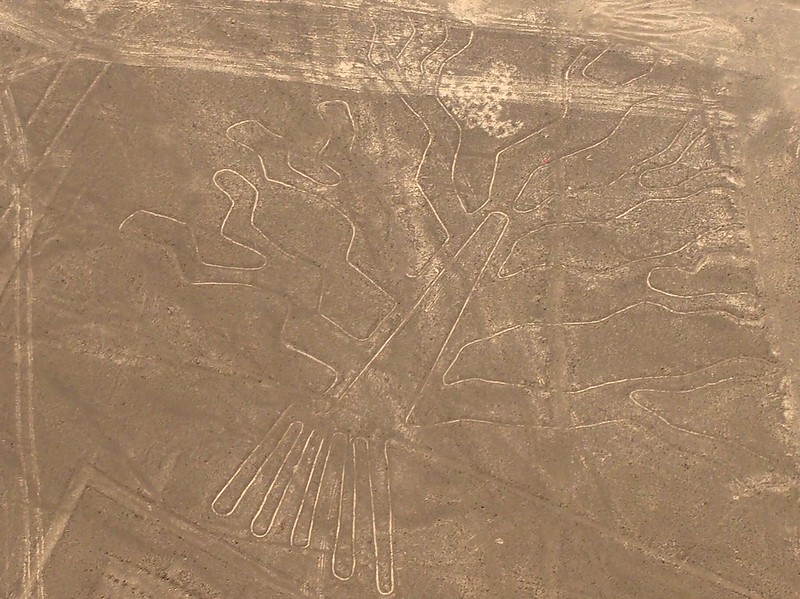
Answers:
- Monkey
- Hummingbird
- Spider
- Parrot
- Tree
Our verdict: On a tight schedule, these are all missable. But if you’ve got the time, they’re a great way to break up the long bus ride to the larger cities of Arequipa or Cusco.
